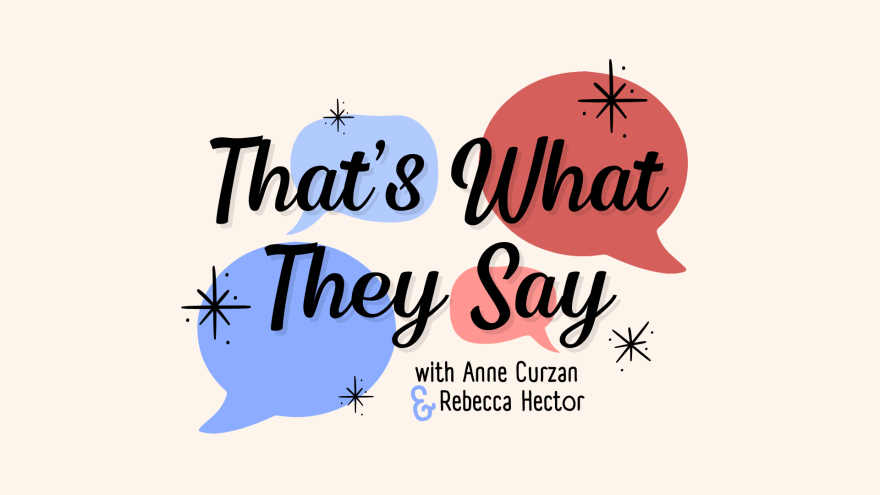Working out with dumbbells may be a fitness craze now, but the fitness craze that started it all sounds even better.
First, some history. "Dumb" goes back to Old English, and it originally meant "unable to speak" or "unable to communicate through speech, due to a pathological or congenital condition." It can still mean that.
Later on, "dumb" could also mean "momentarily speechless." For example, "After receiving the shocking news, she was dumb struck." It could also be used to refer to animals, since they don't speak, as well as inanimate objects, such as "dumb stones," "dumb clay," and "dumb waiter."
Another meaning for "dumb" at the time was "without meaning or signification," as in "dumb luck." By the 1800s in the U.S., "dumb" also meant "stupid" or "ignorant," and we still use it that way today. Since we have this meaning, using "dumb" to refer to someone who is unable to speak is controversial and can be seen as offensive.
That said, a "dumb bell" is, quite simply, a bell that doesn't ring. It could also be something resembling a bell, and this is what started the fitness craze that brought "dumb bell" into the workout lexicon.
In the late 1600s, there was an apparatus that consisted of a vertical rope with heavy weights attached to it. People would pull the rope either to practice bell ringing or just for exercise. The weights allowed for a silent workout, as opposed to ringing an actual bell, and that's probably how the dumb bells we use for exercise today got their name.
Joseph Addison described his dumb bell workout in a 1711 edition of The Spectator:
I exercise myself every morning upon a dumb bell that is placed in a corner of my room and pleases me the more because it does everything I require of it in the most profound silence. My landlady and her daughters are so well-acquainted with my hours of exercise that they never come into my room to disturb me while I am ringing.
For more on "dumb" and "dumb bell," listen to the audio above.






